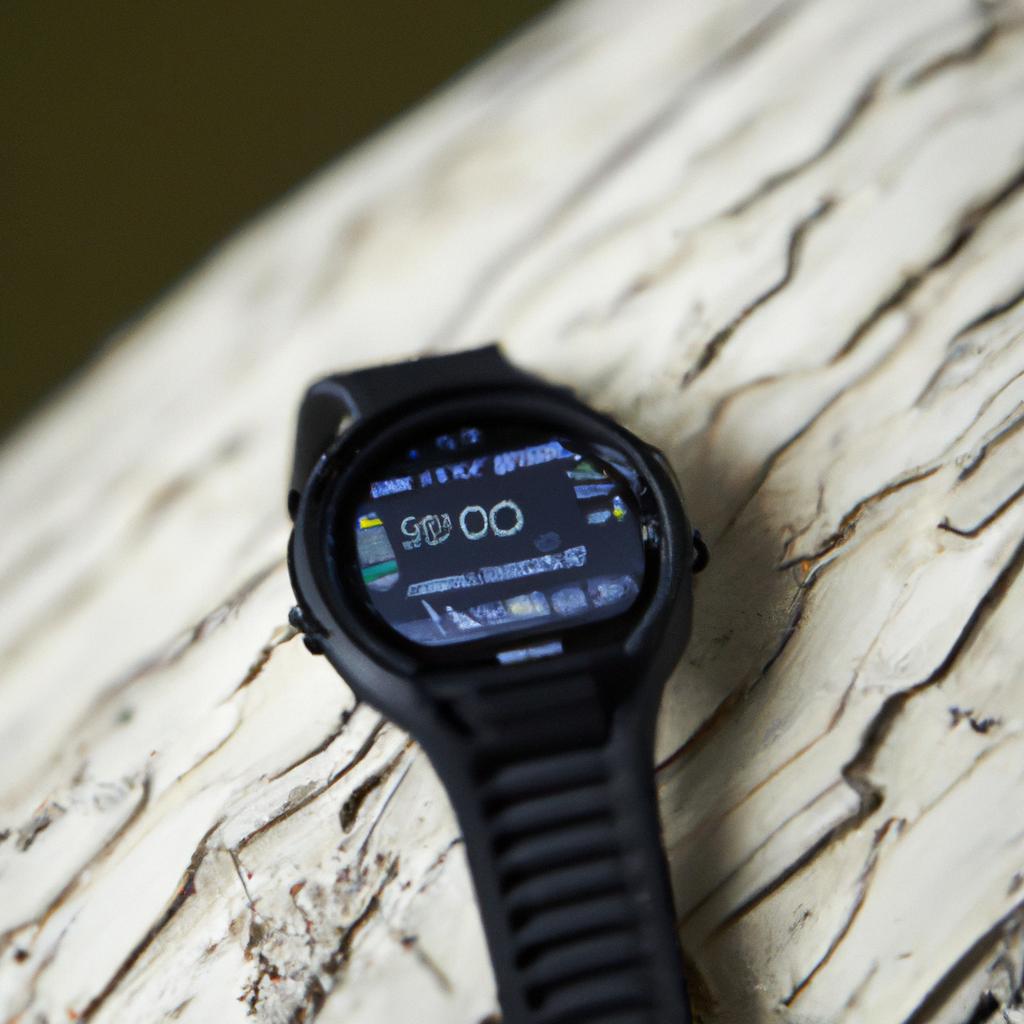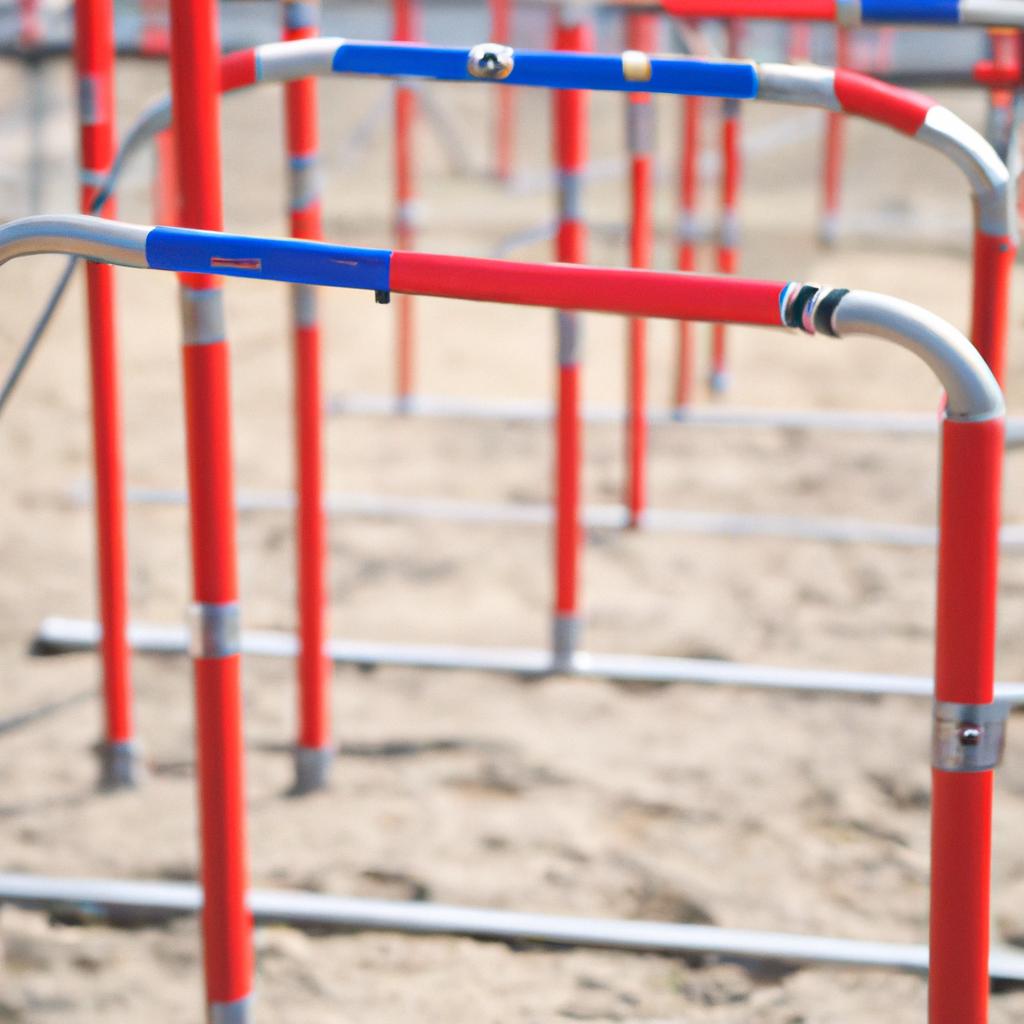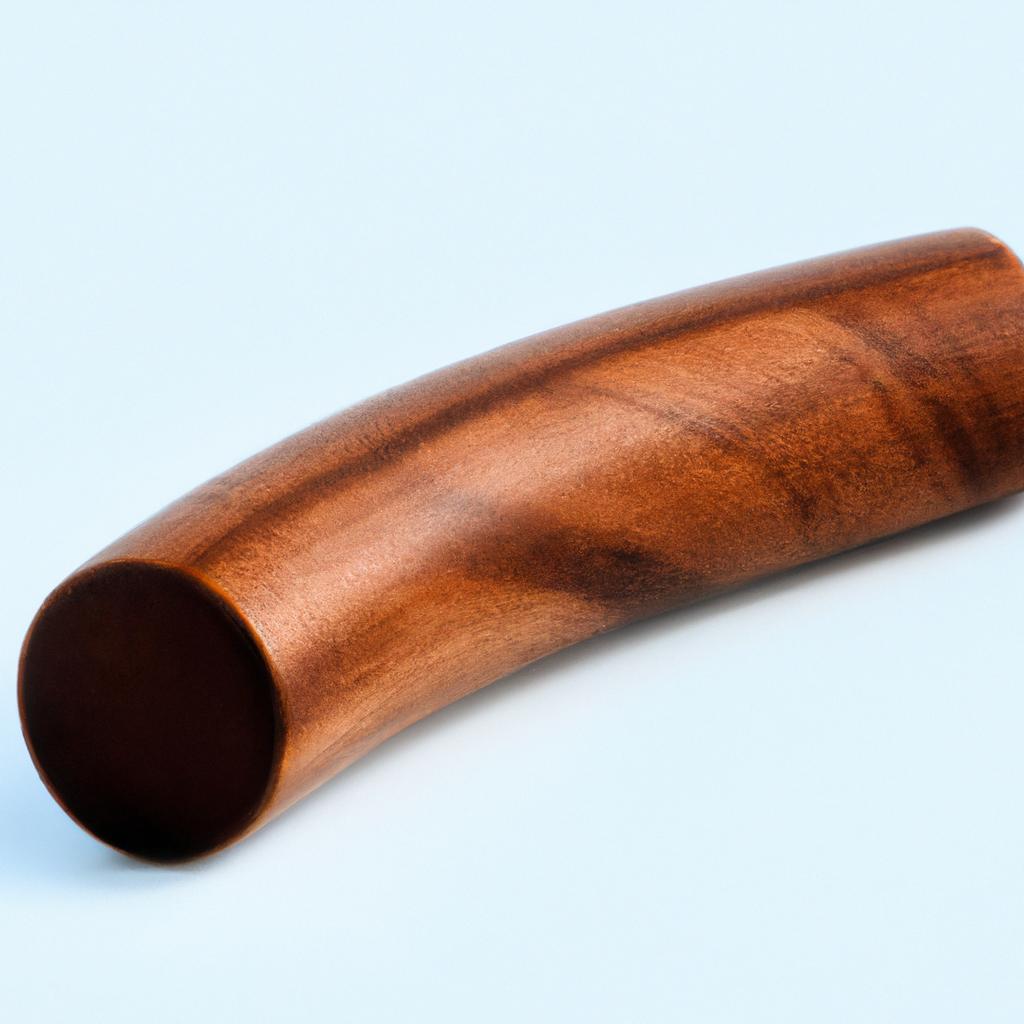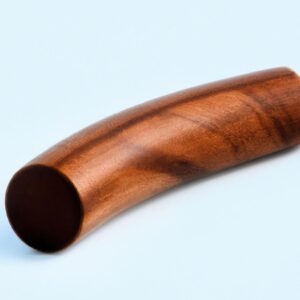**”Navigating Your Fitness Journey: How to Use GPS Watches for Route Planning and Performance Tracking During Multi-Sport Events”**
# Navigating Your Fitness Journey: How to Use GPS Watches for Route Planning and Performance Tracking During Multi-Sport Events
In the world of fitness, technology has revolutionized how we approach our training and performance. If you’re an athlete participating in multi-sport events, a GPS watch can be an invaluable tool in your arsenal. These devices not only help you plan your routes but also track your performance across various disciplines, from cycling and running to swimming. In this blog post, we will explore how to effectively use GPS watches for route planning and performance tracking, as well as provide essential nutrition tips, exercise advice, and highlight the health benefits of integrating these devices into your fitness journey.
## Understanding GPS Watches
### What is a GPS Watch?
A GPS watch is a wearable device that uses Global Positioning System (GPS) technology to track your location and movement. These watches are designed for athletes and fitness enthusiasts, offering features such as distance tracking, pace monitoring, heart rate measurement, and route mapping.
### Key Features for Multi-Sport Events
When selecting a GPS watch for multi-sport events, consider features like water resistance for swimming, customizable sport modes for cycling and running, and long battery life for extended workouts. Many models also synchronize with mobile apps, allowing for detailed analysis of your performance metrics.
## Route Planning with GPS Watches
### Mapping Your Course
Planning your route is crucial, especially for multi-sport events that may take place across different terrains. GPS watches allow you to pre-map your course, ensuring you are familiar with the terrain and can strategize accordingly. Use features like “create a route” or “explore nearby routes” to find trails or paths that fit your training needs.
### Real-Time Navigation
During your event, a GPS watch provides real-time navigation. This feature is particularly beneficial when you are traversing unfamiliar areas. The watch can alert you to turns, keep you on track, and help you maintain your pace, reducing the risk of getting lost and allowing you to focus on your performance.
## Performance Tracking
### Metrics to Monitor
Performance tracking is one of the standout features of GPS watches. Key metrics include distance, speed, pace, heart rate, and elevation. Monitoring these metrics can help you understand your performance trends and make necessary adjustments to your training plan.
### Analyzing Data Post-Event
After your multi-sport event, review the data collected by your GPS watch. This analysis can highlight areas of strength and opportunities for improvement. You might discover that your cycling pace is strong, but your running speed needs work. Use this information to tailor your training regimen for future events.
## Nutrition Tips
### Fueling for Performance
Proper nutrition is vital for optimal performance in multi-sport events. Focus on a balanced diet rich in carbohydrates, proteins, and healthy fats. Carbs provide the energy needed for endurance activities, while proteins support muscle repair and recovery.
### Hydration is Key
Stay hydrated before, during, and after your event. Dehydration can significantly impact your performance. Use your GPS watch to remind you to drink water at regular intervals, especially during long training sessions or races.
### Pre-Event Meal
The meal before your event should be high in carbohydrates and low in fiber to prevent gastrointestinal issues. Foods such as oatmeal, bananas, and whole-grain bread are excellent choices.
## Exercise Advice
### Cross-Training for Strength
Incorporate cross-training into your routine to improve overall fitness and prevent injuries. Activities like swimming, cycling, and strength training can enhance your performance in your primary sport by building diverse muscle groups.
### Recovery and Rest Days
Don’t underestimate the importance of recovery. Schedule regular rest days in your training plan to allow your body to repair and strengthen. Use your GPS watch to track your heart rate and monitor recovery, ensuring you don’t overtrain.
## Health Benefits of Using GPS Watches
### Improved Motivation
Using a GPS watch can boost your motivation. Seeing your progress in real-time and being able to set and achieve goals creates a sense of accomplishment that encourages dedication to your fitness journey.
### Enhanced Safety
In addition to performance tracking, GPS watches can enhance safety. Many models come with safety features such as location sharing and emergency alerts, giving you peace of mind while training alone or in unfamiliar areas.
## Conclusion
In summary, GPS watches are an essential tool for anyone navigating their fitness journey, particularly during multi-sport events. By leveraging these devices for route planning and performance tracking, you can optimize your training and enhance your overall experience. Combined with sound nutrition tips, exercise advice, and an understanding of the health benefits, you’ll be well-equipped to conquer your fitness goals. Embrace the technology and make GPS watches a cornerstone of your athletic journey!















Post Comment